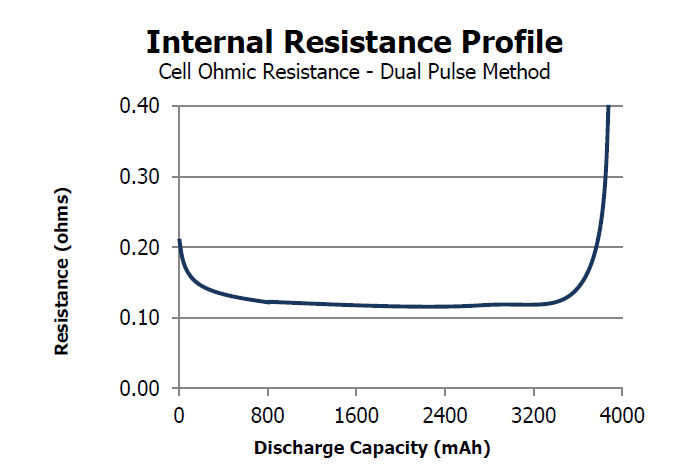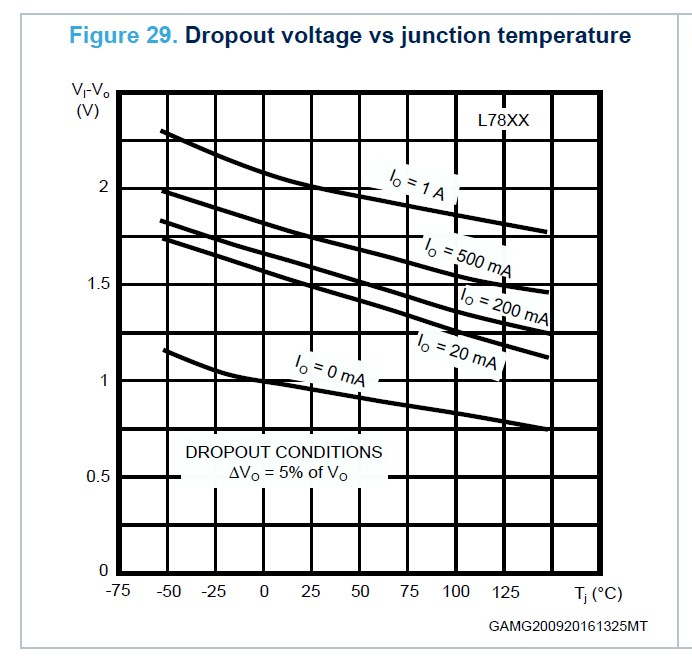I have a circuit that consists of an Arduino controlling a small PAM8403 based amplifier which is powered via an L7805CV voltage regulator. When I press a button the arduino sends an audio signal to the amp and switches on a SPST relay. The whole thing is powered by four AA Energizer Lithium batteries supplying about 6.65V.
Without anything connected to the relay (except the signal and GND pins) this circuit draws about 0.22A. However, I want the relay to switch on a small motor and heating coil that I connect to the same battery pack as all the other stuff, so that the motor and coil get powered on when the button is pressed.
However, when I press the button, the amplifier cuts out and the circuit behaves erratically. The motor and coil run fine, however.
If I connect the motor and coil to the same battery pack, I measure a current of roughly 1.5A. This seems well within the range of what the batteries can supply according to the datasheet.
What am I missing here? I don't see why the rest of the circuit is affected by a load that should be well within the power supply's limits.



